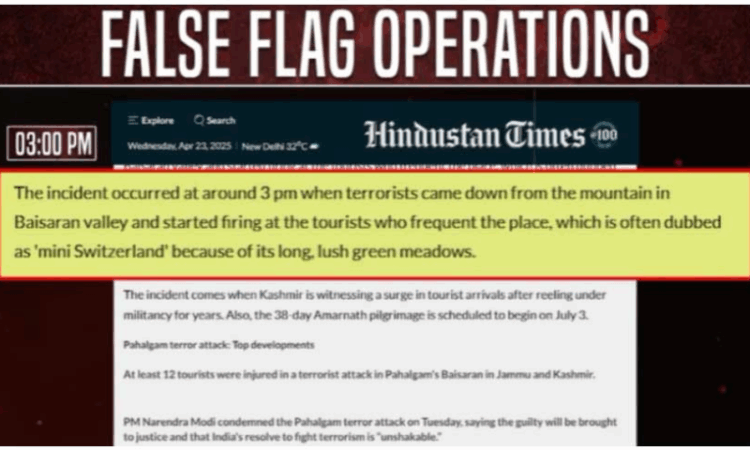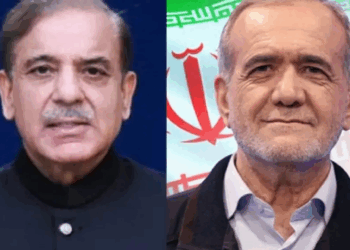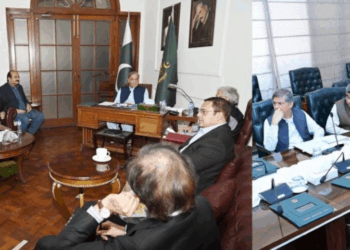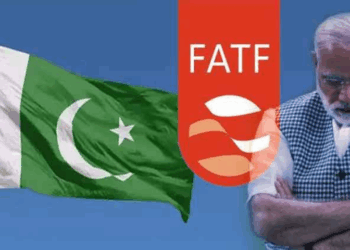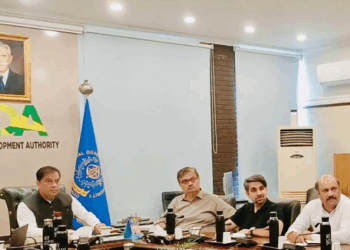Islamabad, April 23, 2025: Serious concerns have emerged regarding the recent attack on tourists in Pahalgam, located in Indian Illegally Occupied Jammu and Kashmir (IIOJK), with critics suggesting it may have been a false flag operation orchestrated by Indian authorities.
The incident, which occurred in broad daylight at a well-secured tourist site, has sparked a wave of skepticism, particularly given the deployment of over 800,000 Indian troops in the region. Questions have been raised about how attackers could have crossed the heavily militarized Line of Control and traveled nearly 400 kilometers undetected.
The BJP-led Narendra Modi government is facing increasing scrutiny over inconsistencies in its official narrative. Despite claiming that the assailants were neutralized, authorities have not released any images or video evidence of the alleged attackers’ bodies, raising doubts about the veracity of the claims.
Adding to the controversy, Indian mainstream media — often labeled “Godi media” due to its perceived alignment with government narratives — has been criticized for airing a digitally altered image. The photo shows a man lying on the ground without any visible injuries or blood, further fueling allegations of fabrication.
Observers have also pointed to a rapid and coordinated social media campaign launched within minutes of the incident. Accounts believed to be linked to India’s Research and Analysis Wing (RAW) circulated emotionally charged content blaming Pakistan, despite the absence of verified facts. The speed and uniformity of the campaign have prompted speculation that it may have been premeditated.
Critics argue that if the Modi government is certain of Pakistan’s alleged involvement, it should present credible evidence, such as intercepted communications, forensic data, or recovered weapons. However, no such proof has been made public to date.
Analysts note a recurring pattern in which India produces questionable or delayed evidence following high-profile attacks. They claim such tactics are part of a broader strategy to manipulate public perception and international opinion, particularly during sensitive political or diplomatic periods.
The timing of the Pahalgam attack — coinciding with important international developments — has only intensified suspicions, with many questioning whether the incident was engineered to serve broader geopolitical objectives.


